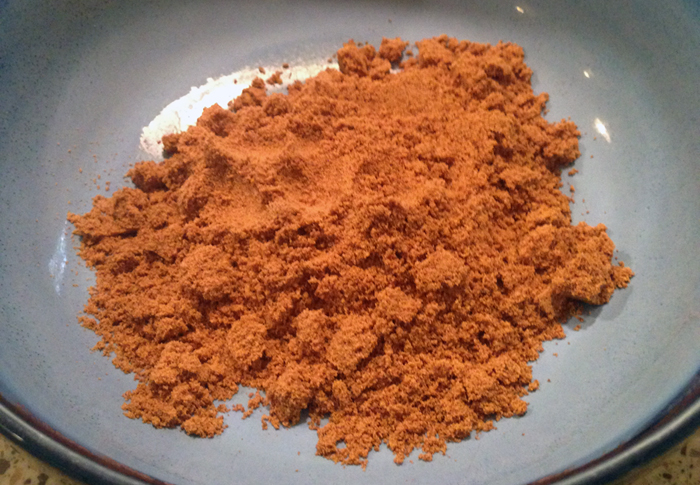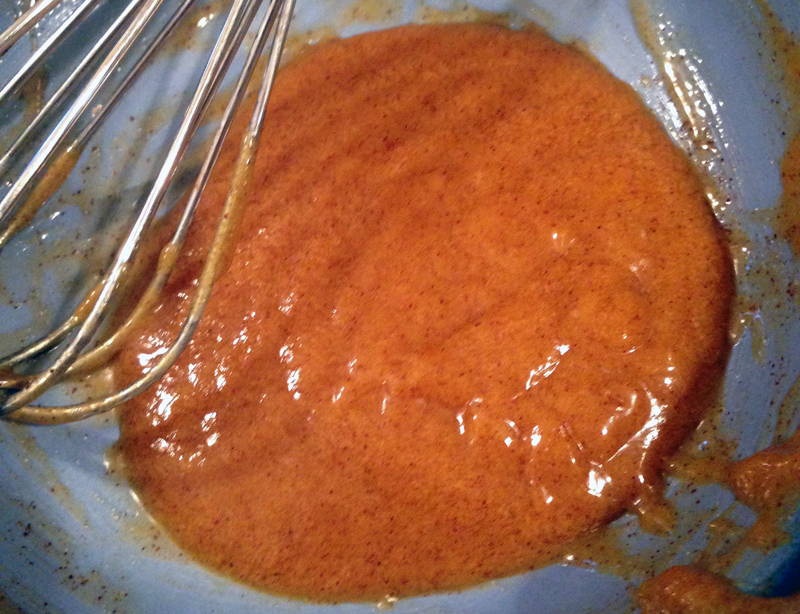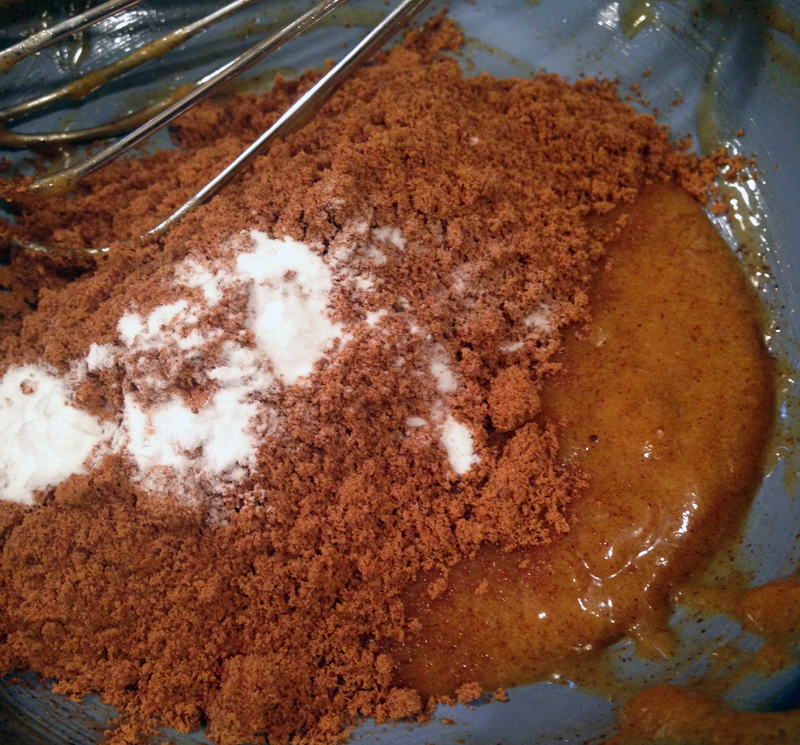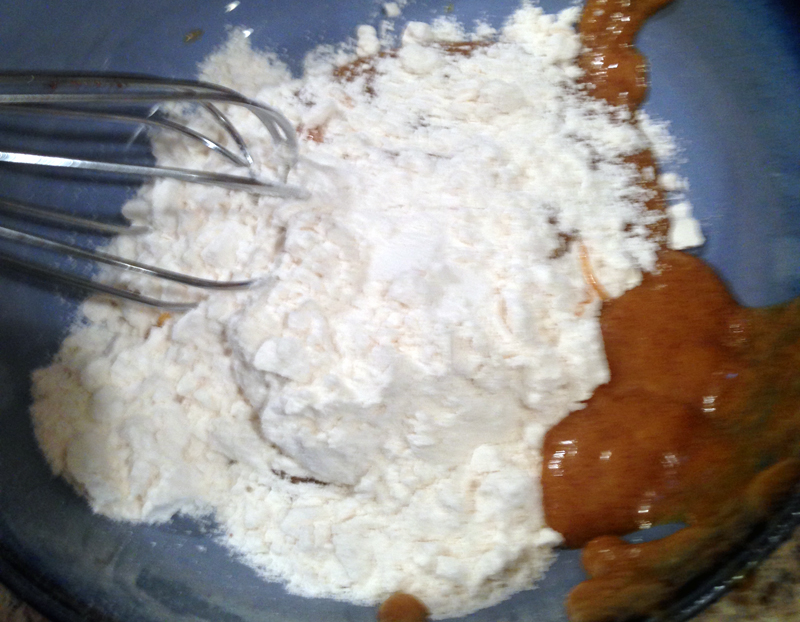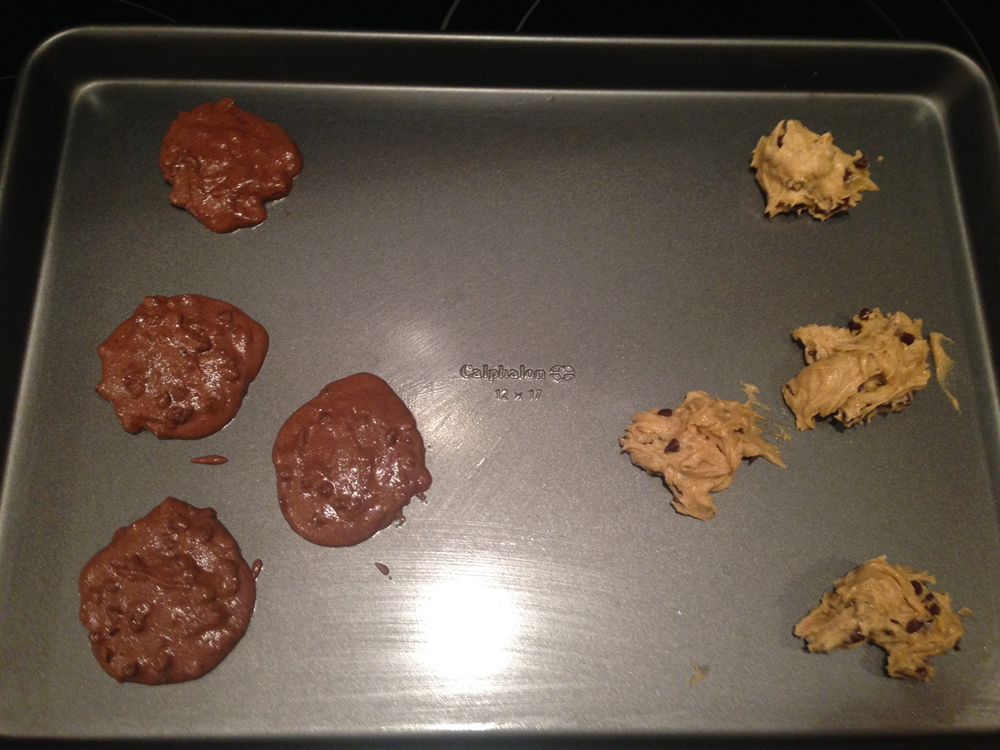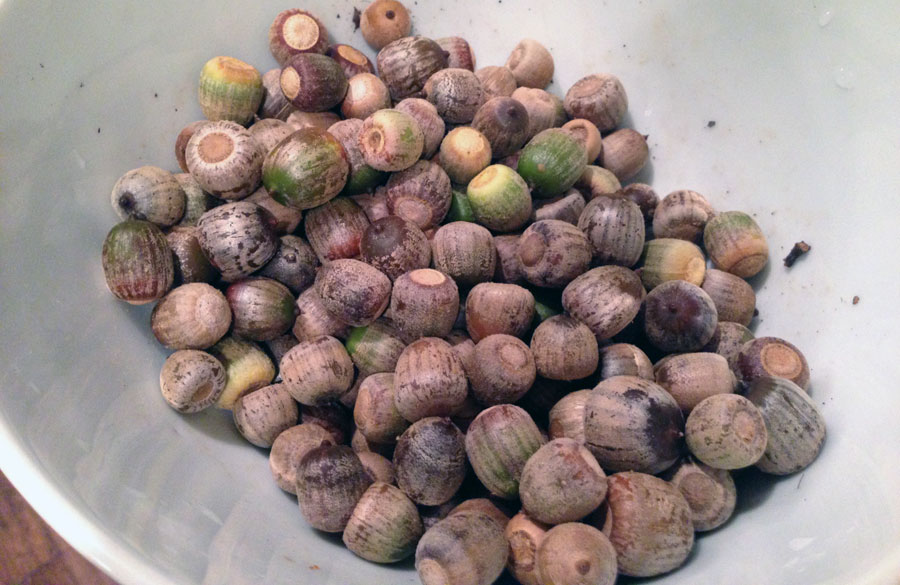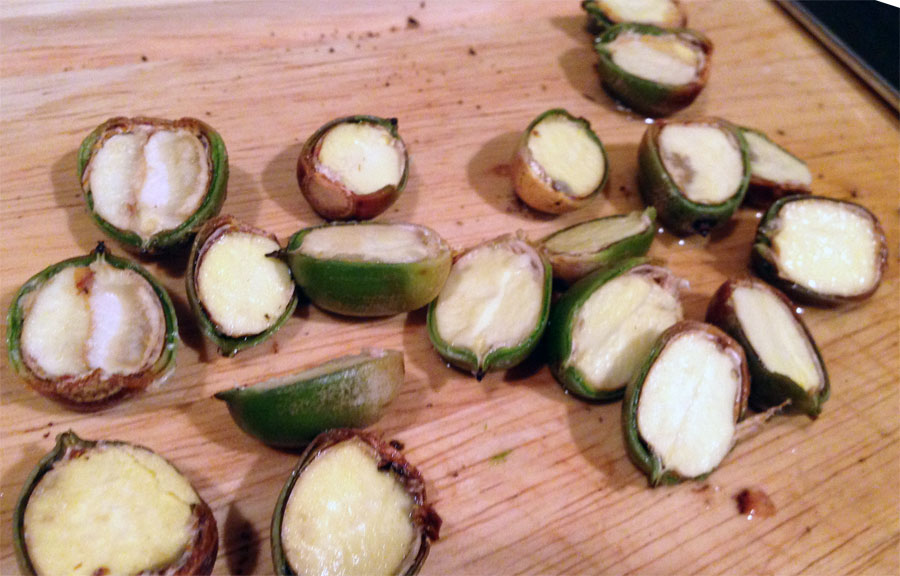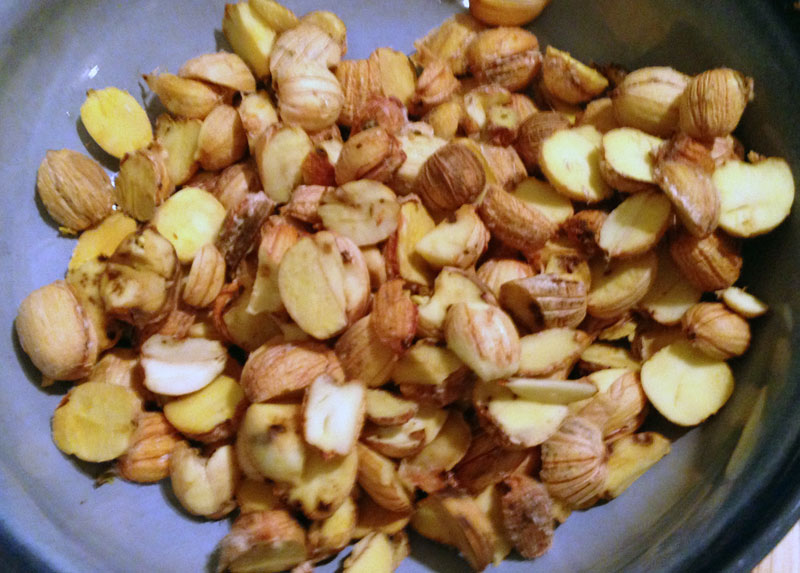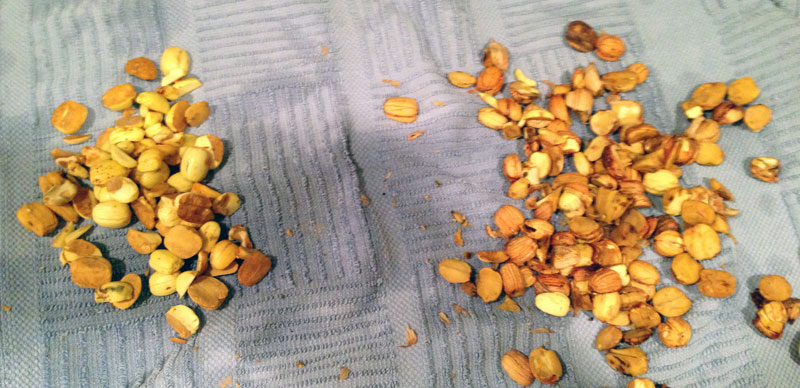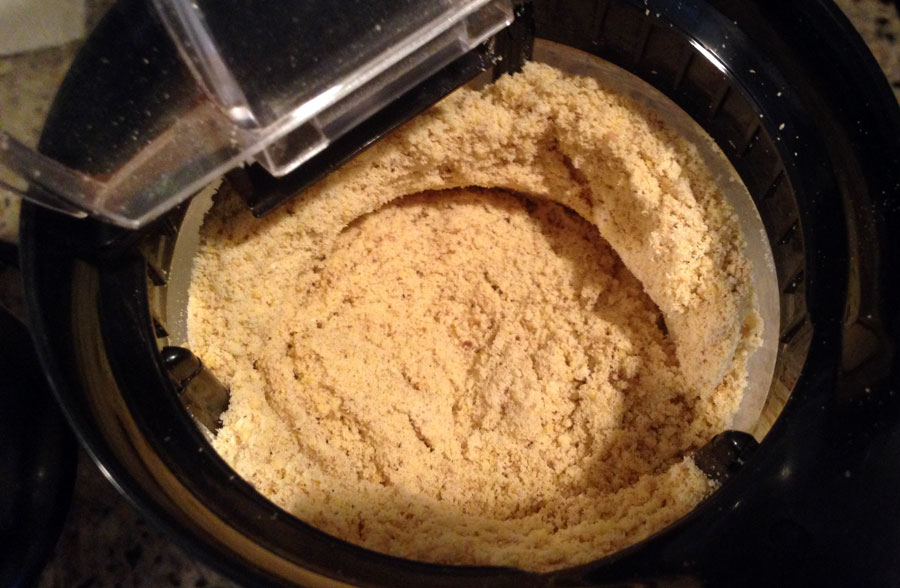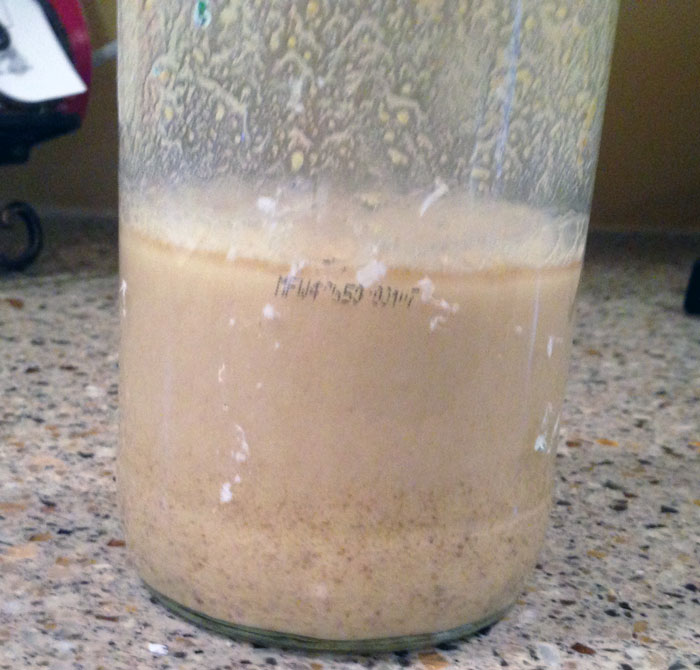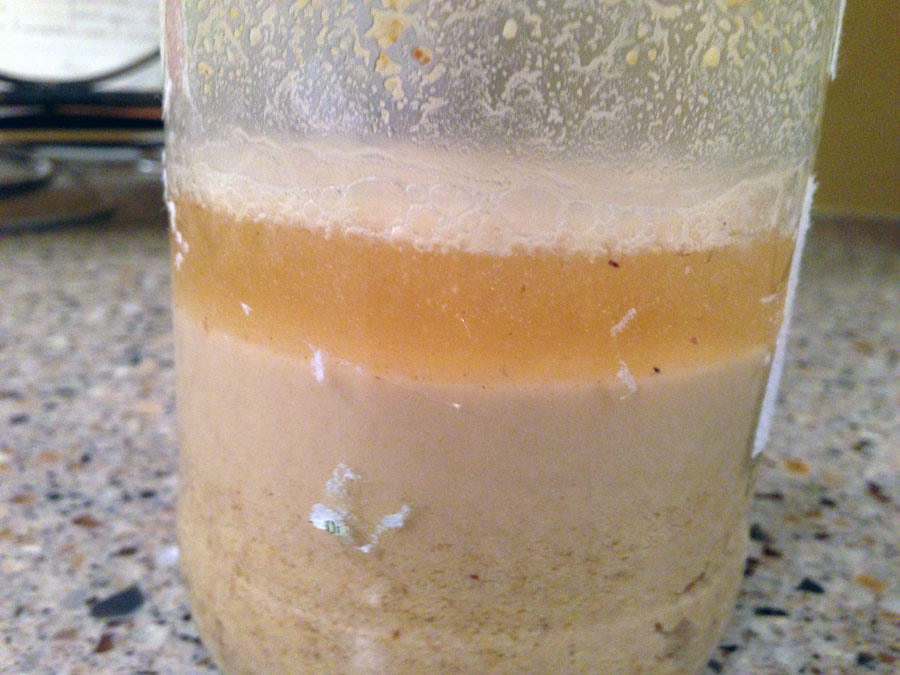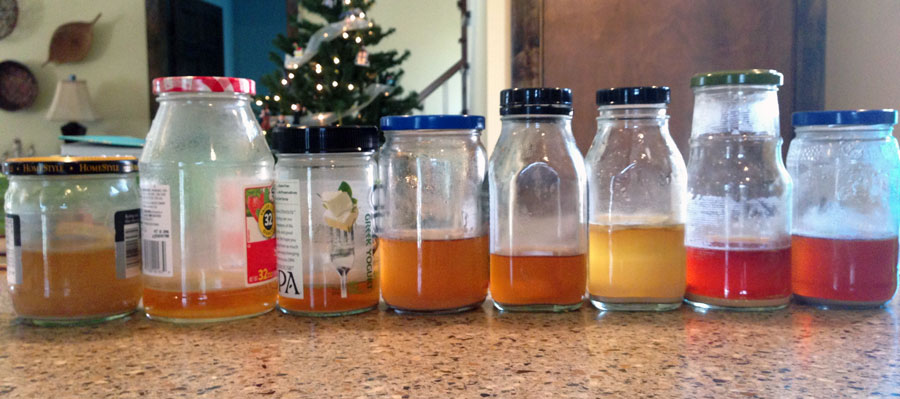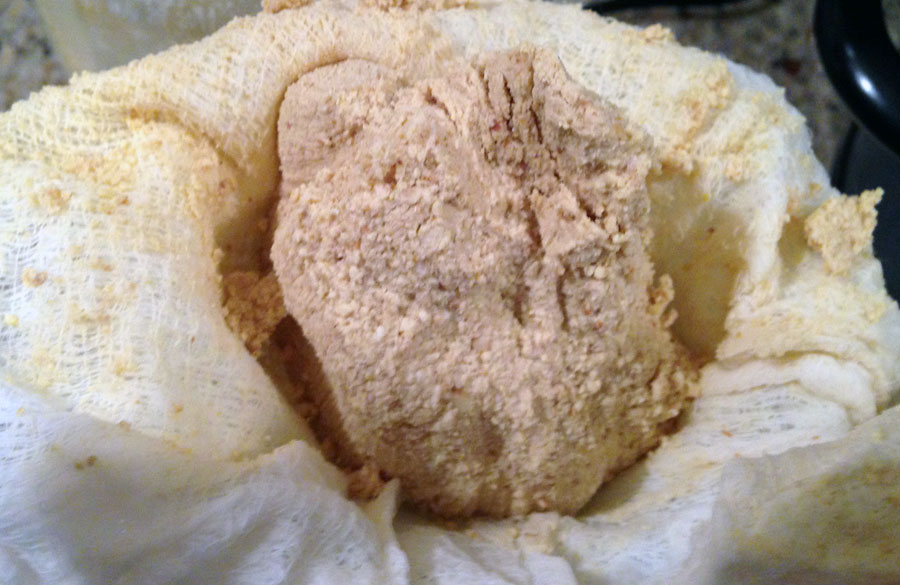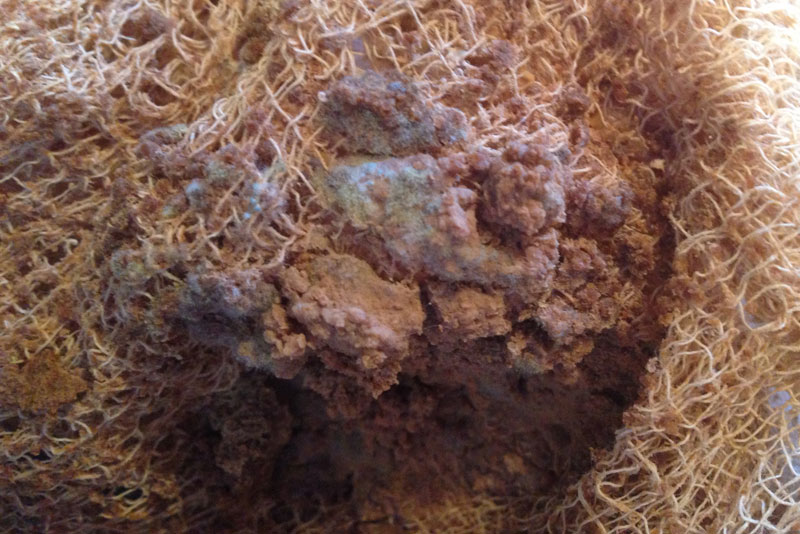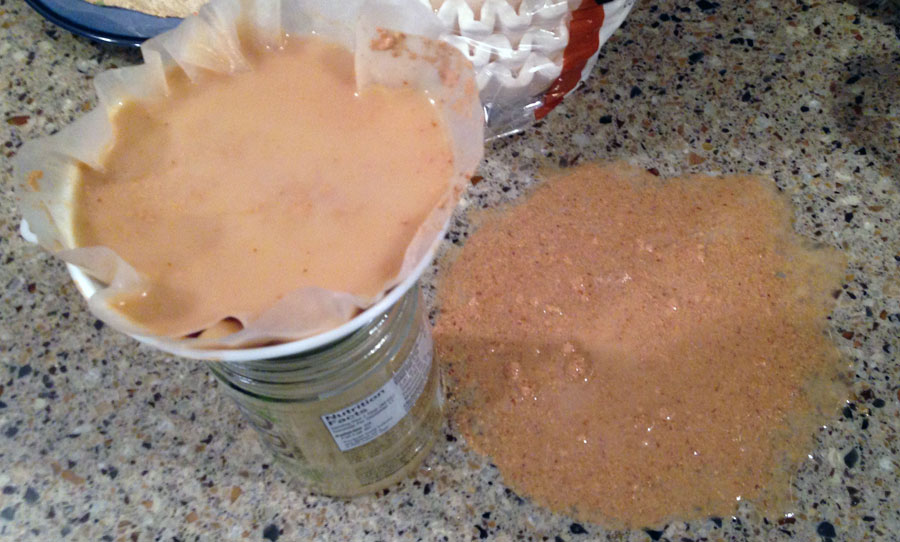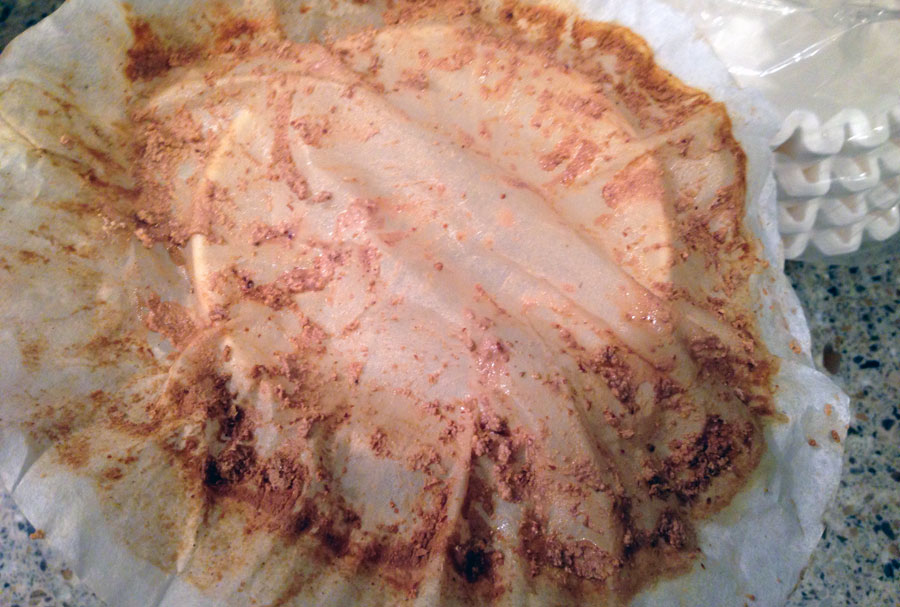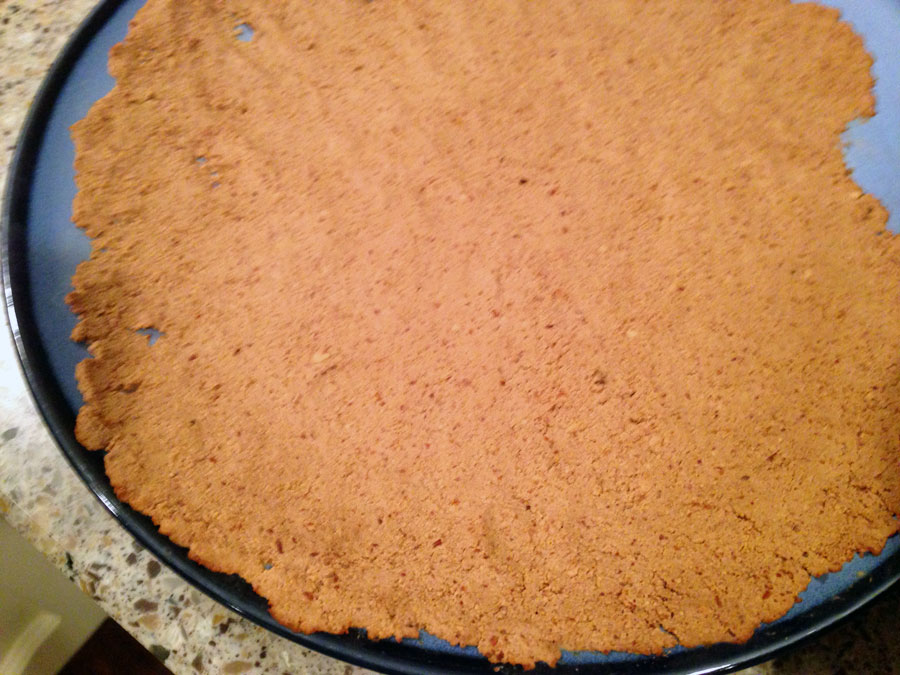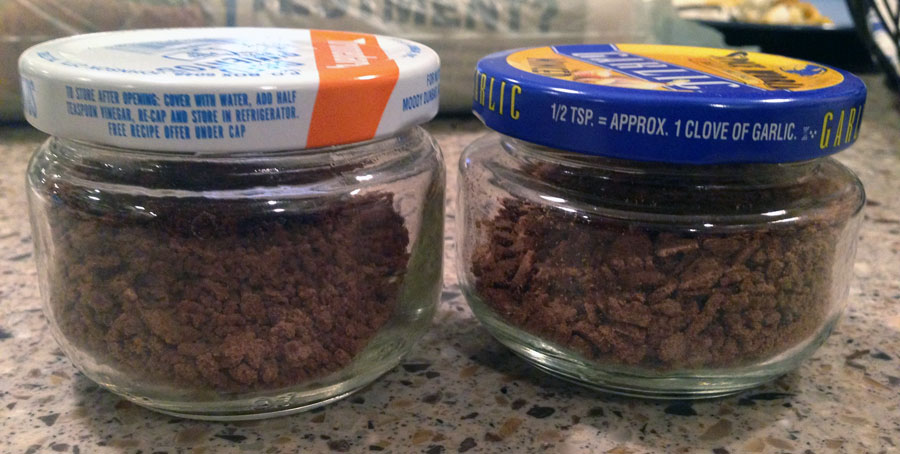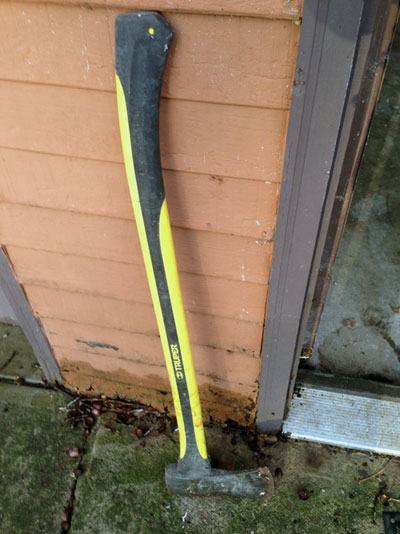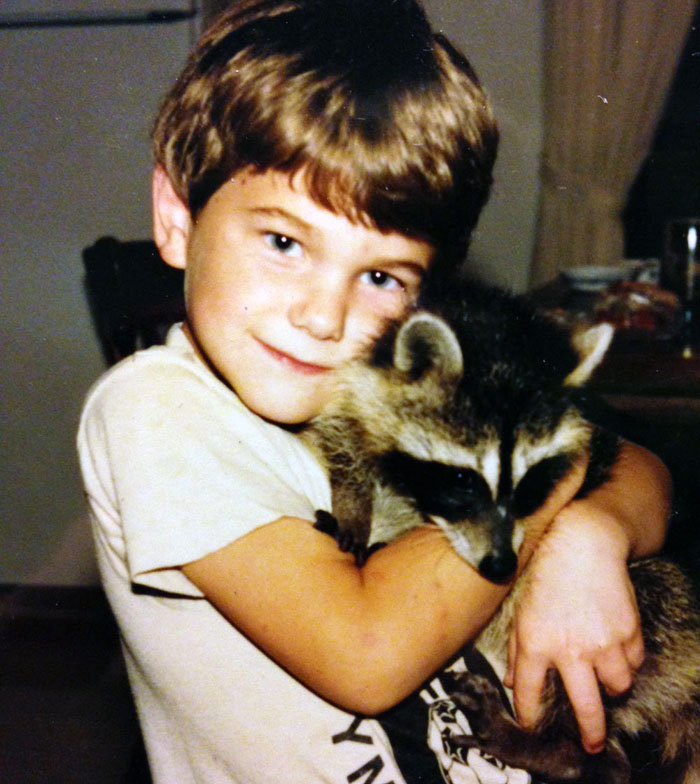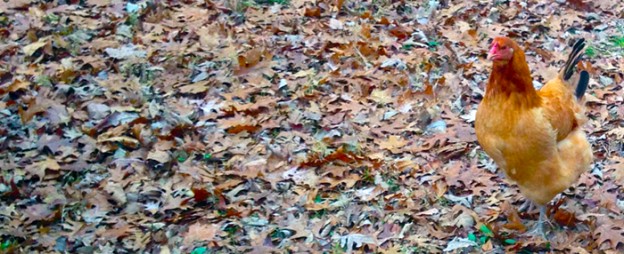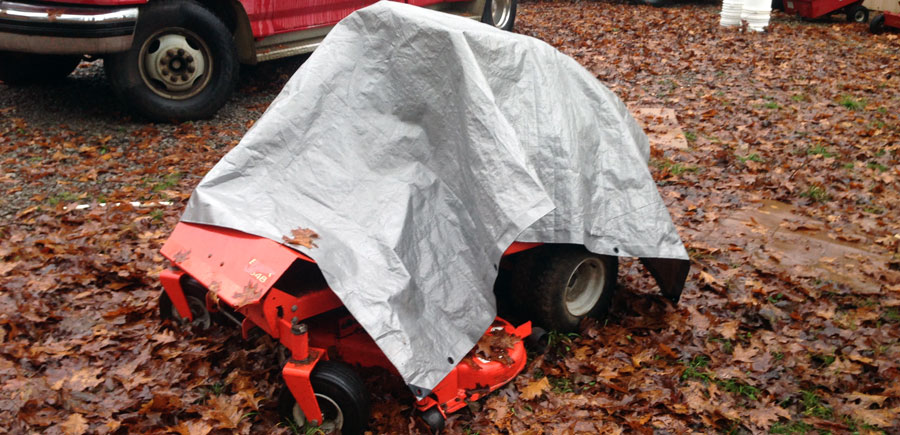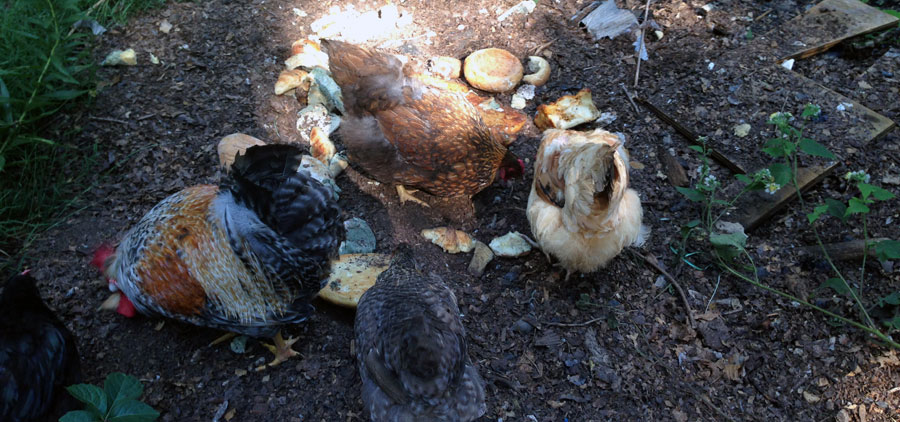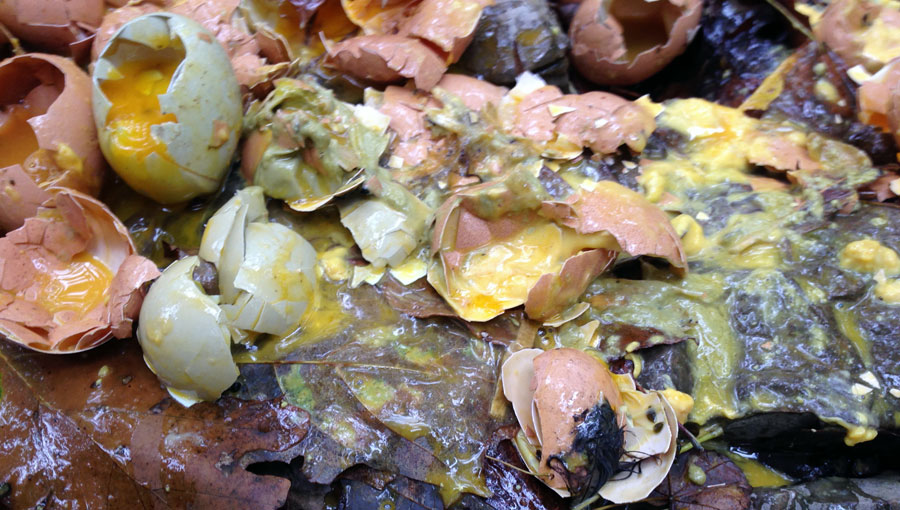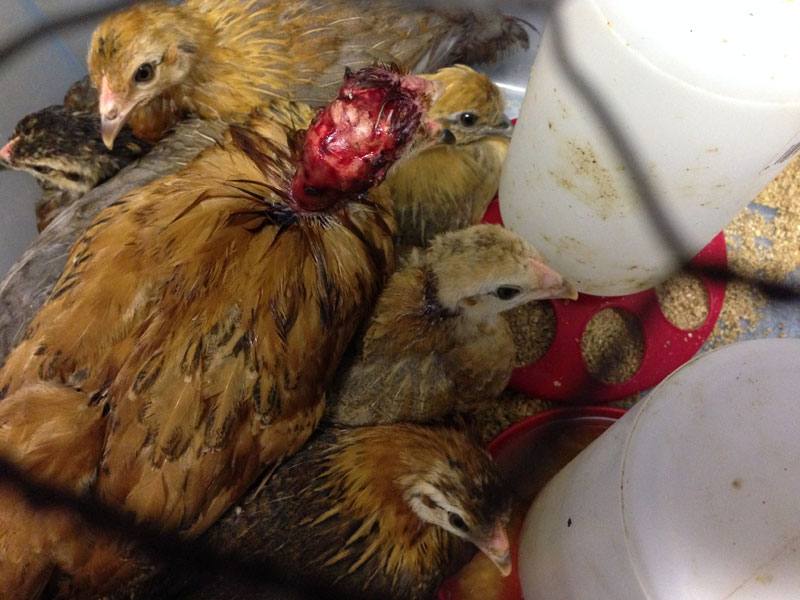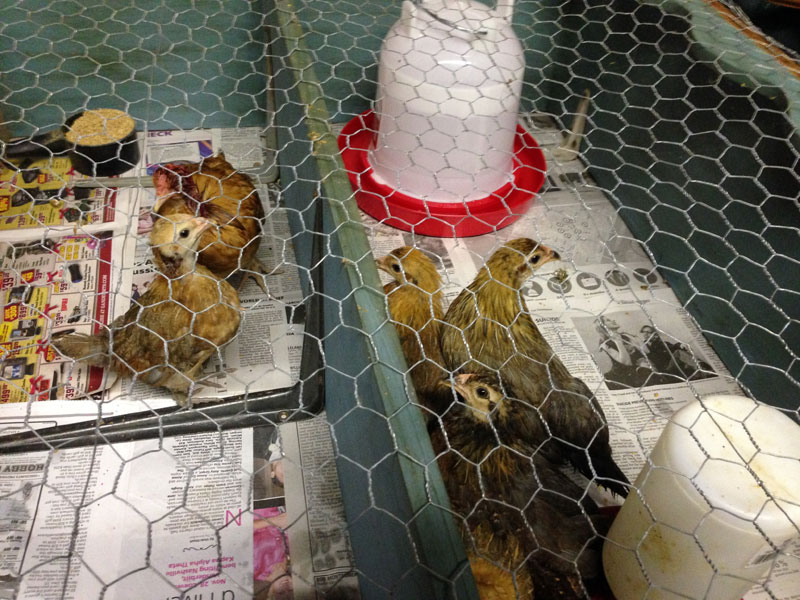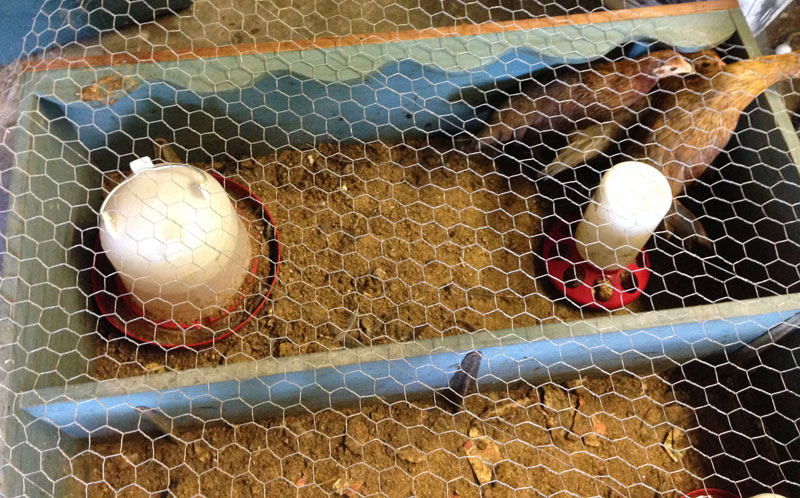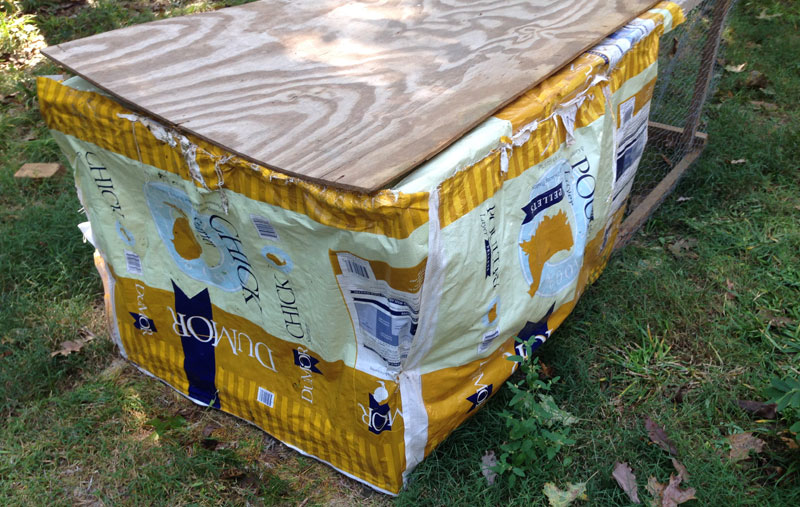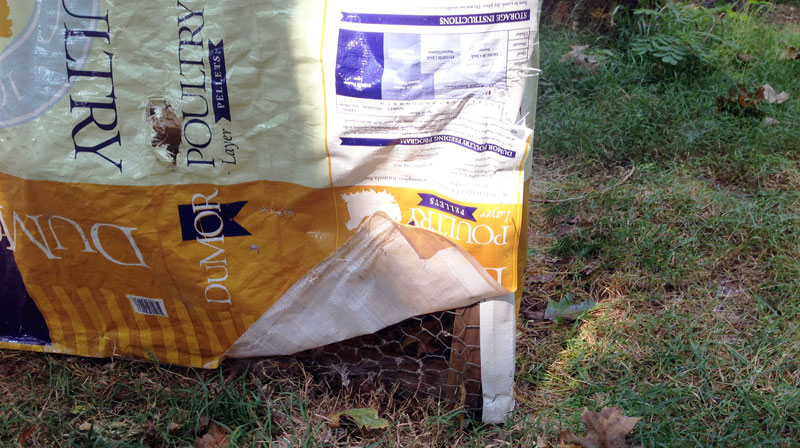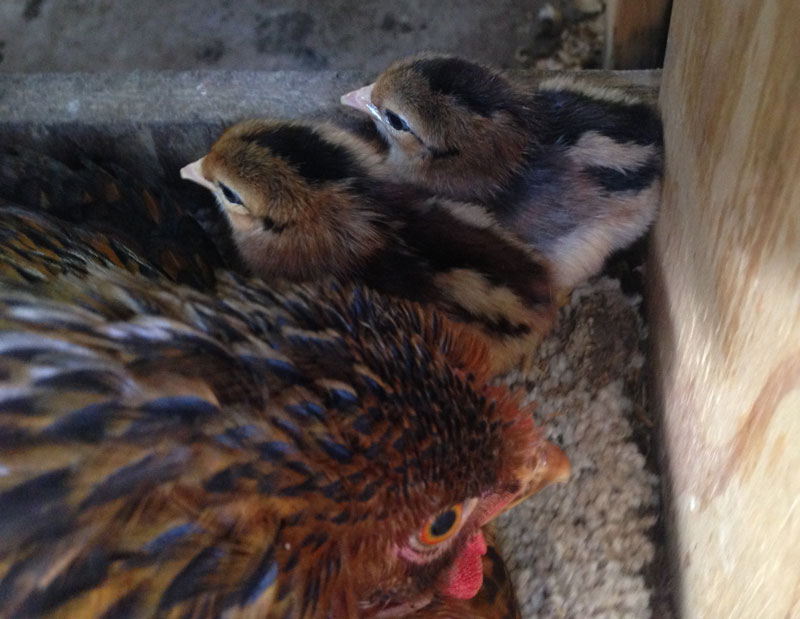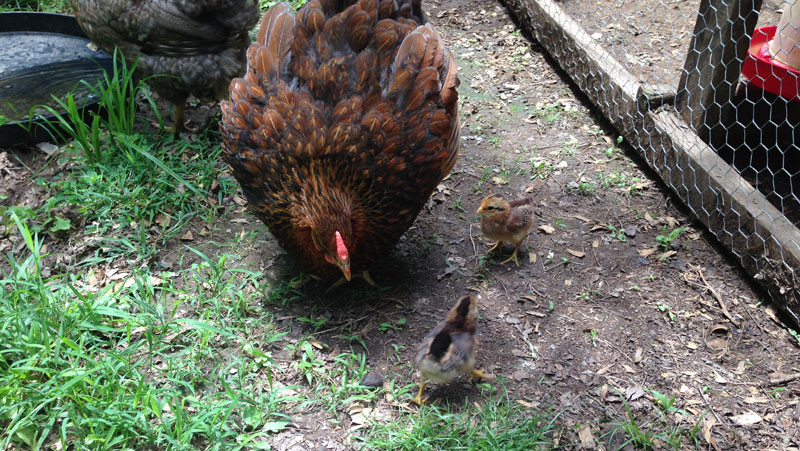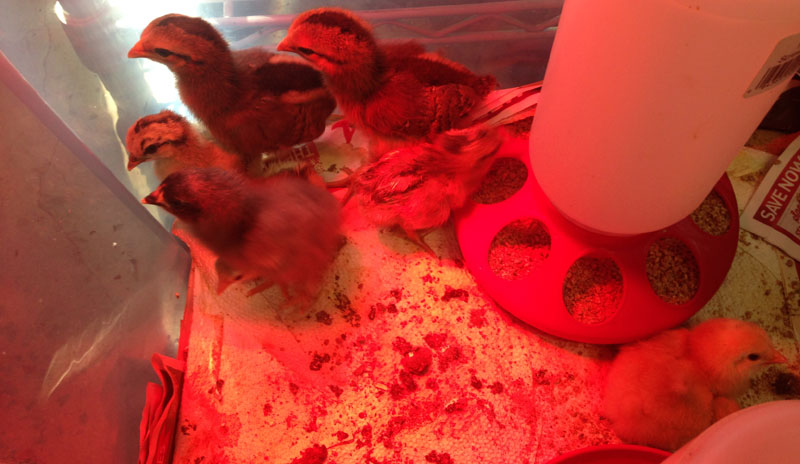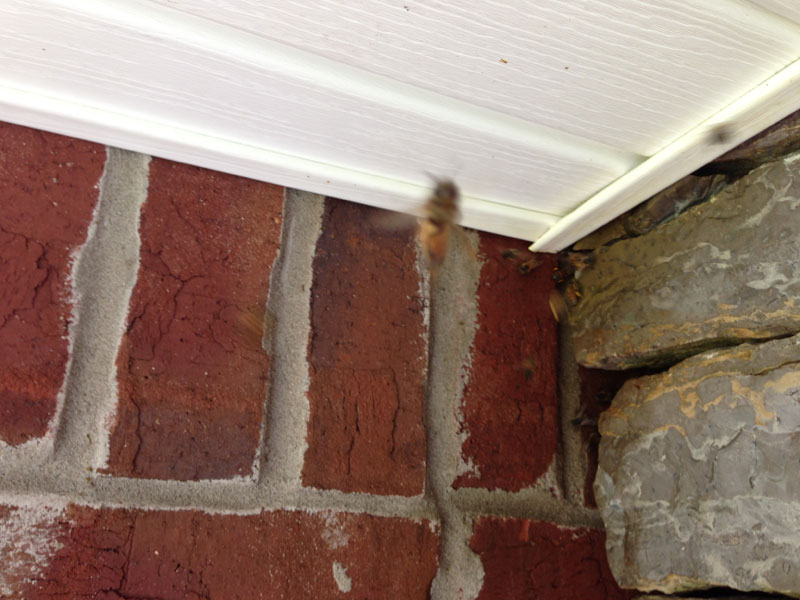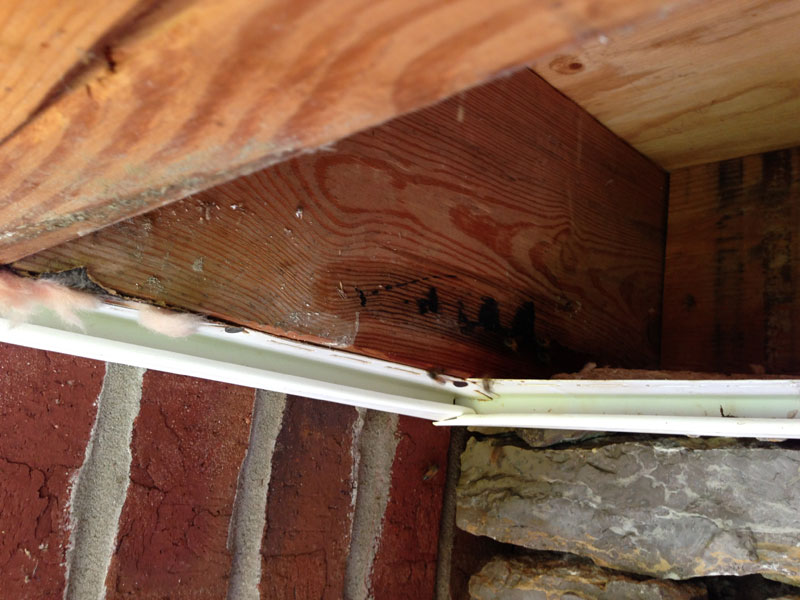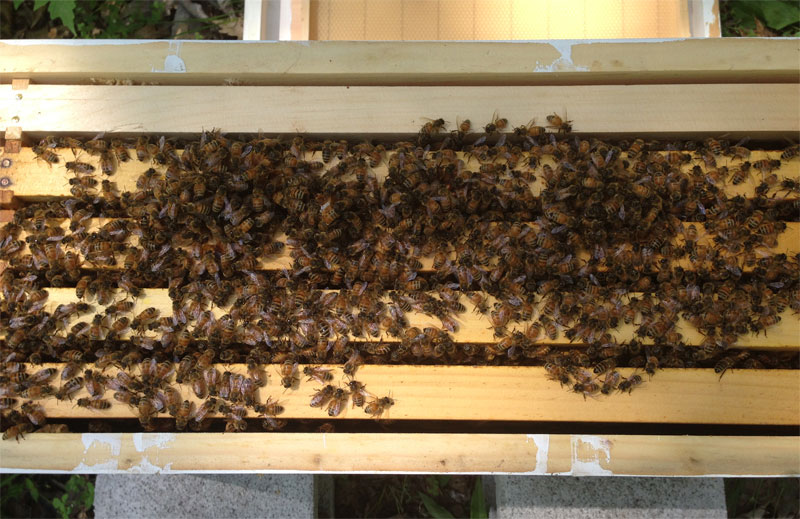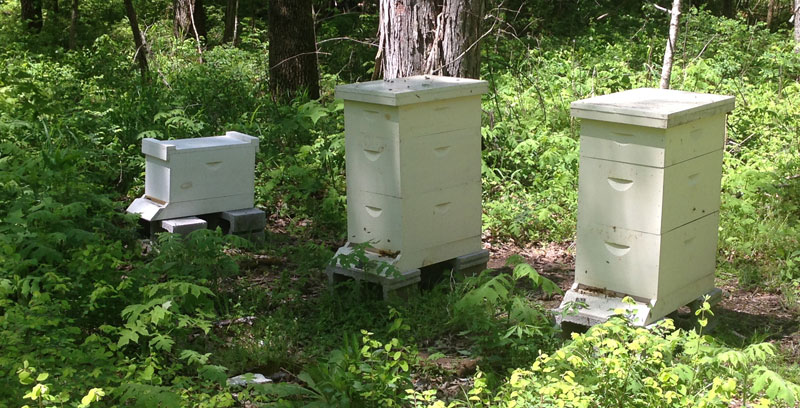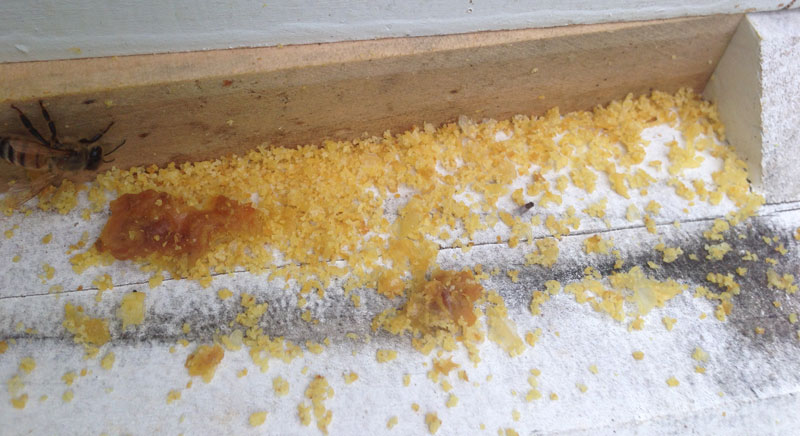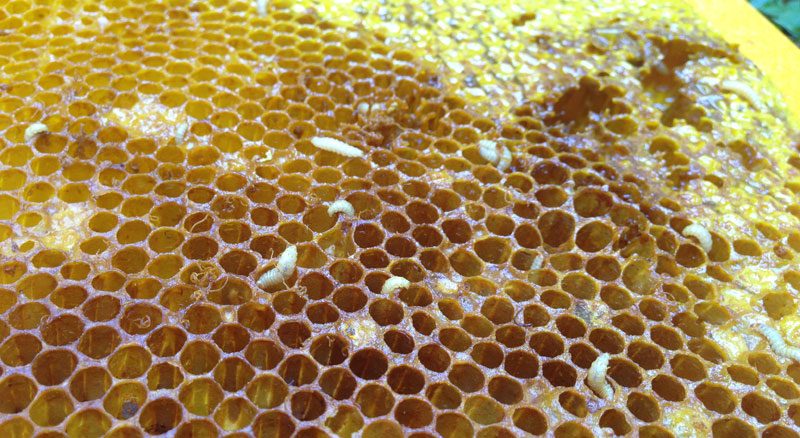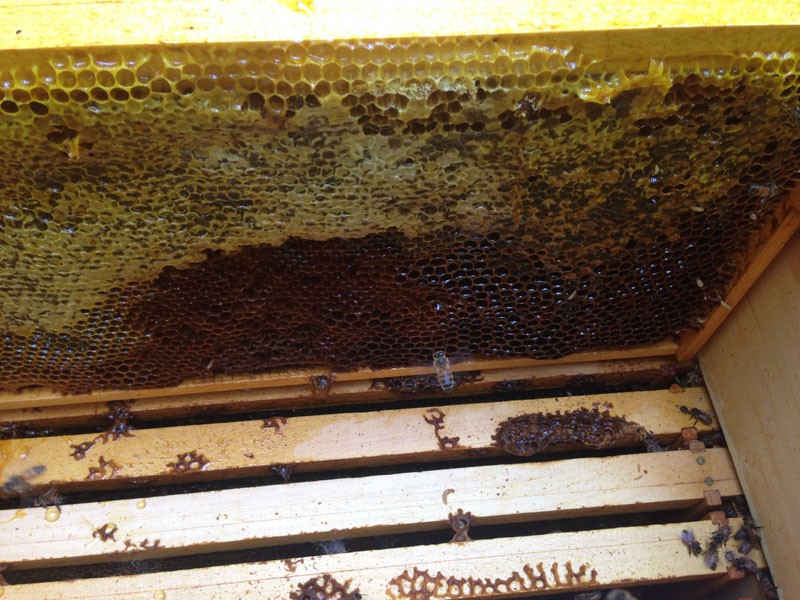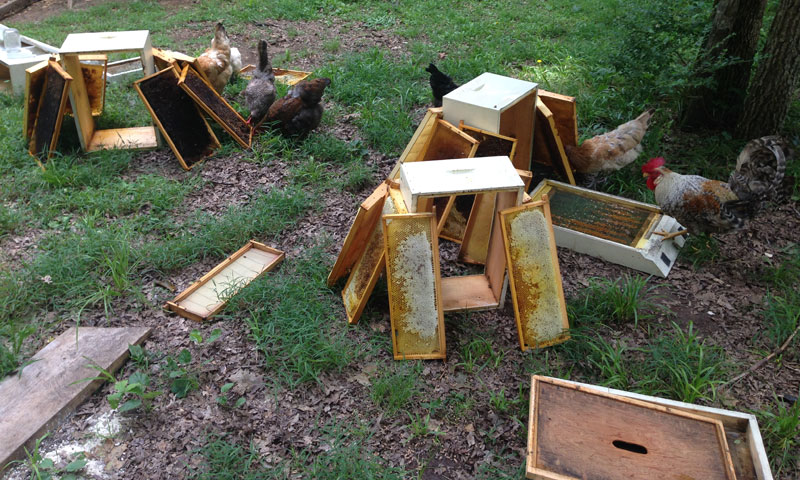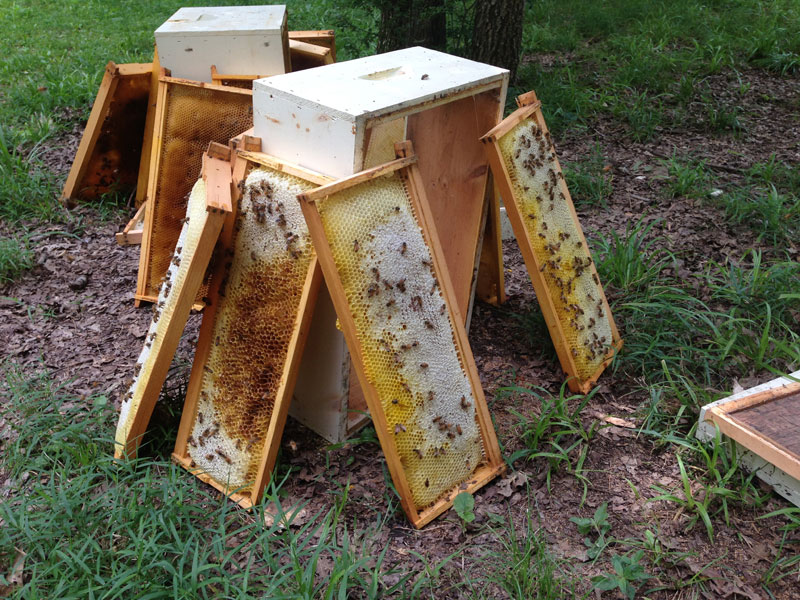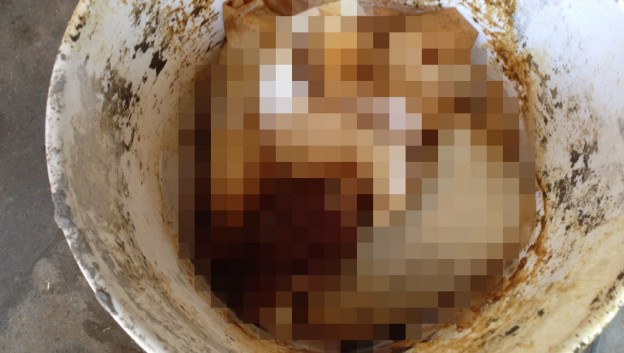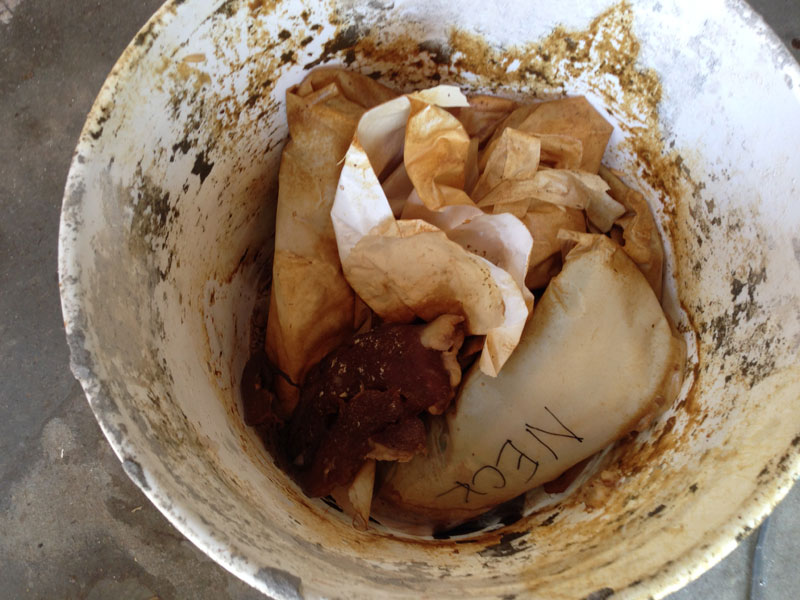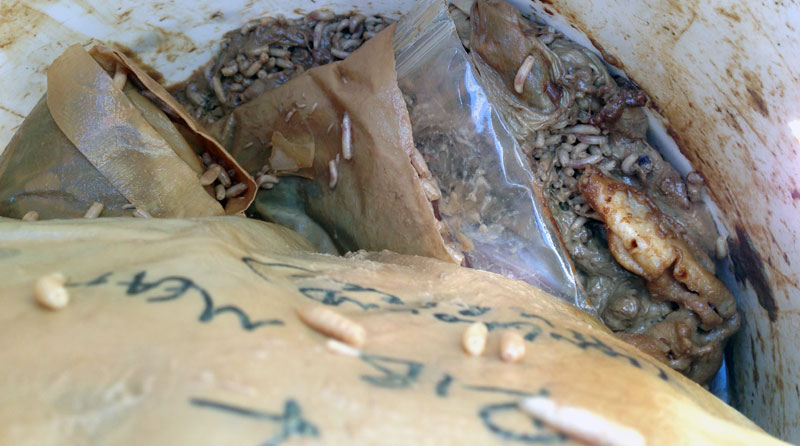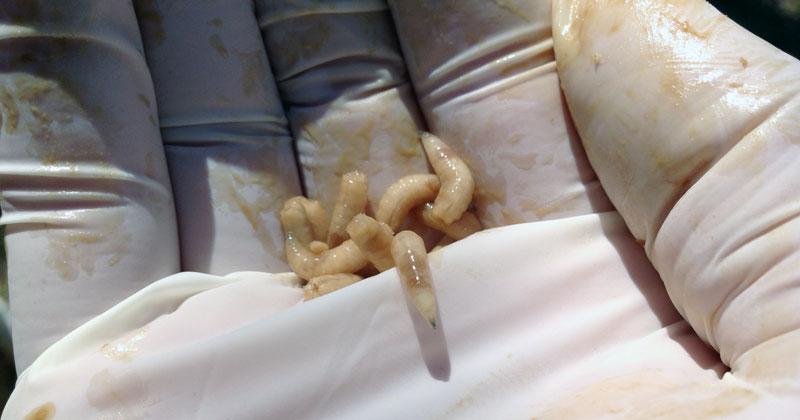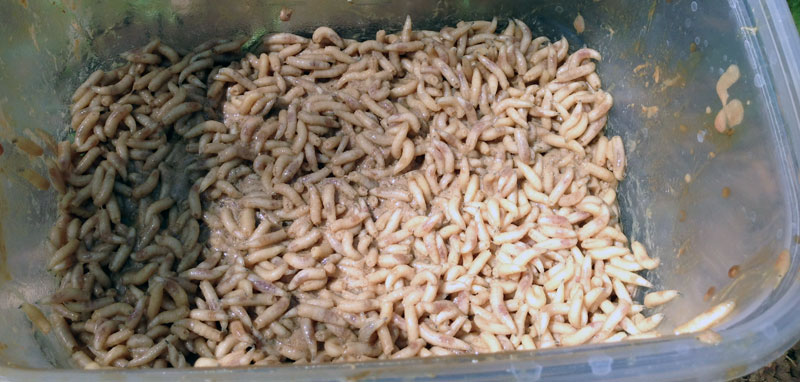It has been a while, y’all. I just dusted this blog off and found that I have a few unpublished posts, so… Maybe I’ll get back into it? But let’s start off with something everybody is already aware of:
I know I’m crazy.
If you know me, you probably put me on the same shelf as the guys with tinfoil hats who are locked in winnebagos listening for signs of intelligent life through static from the stars. (I mean the literal cosmic stars, not the static heard from the reality show kind. We know we’ll never find intelligent life amongst those folks.)
But a time is coming, and it’s already here, where your job will be replaced by a robot.
I don’t even care what you do. You could have some amazing specialized skills or simply flipping burgers, but I’m here to warn you: you’re not that special.
Don’t believe me? Talk to the guys in the video rental industry. Or in fast food. Or appliance repair, magazine publishing, record stores, and even computer programming.
I’m a computer programmer by trade – I have almost two decades of work history that led me to becoming the CTO of a tech startup for a year. I left the company after I completed version 1.0, and instead of immediately jumping into another programming position, I decided to pause and reflect. I released a book, recorded some music, wrote songs, wrote two more novels (this one and this one), and am still trying to figure out what I’d like the next 5-10 years to look like. (I did go back to a programming gig for the next six years, but have quit in order to redirect once again.)
Why? Because even programming isn’t necessarily a sure-fire life-long career. I’m very well-versed in a number of languages that the much of the tech empire is built on. But that’s constantly changing. Even though currently about 80% of the websites on the interwebs are running on PHP (something I’m quite fluent in), the real truth is that most of those sites are on WordPress or other frameworks. The wonderful thing about WordPress (and their competition) is that it’s completely free.
The terrible thing about WordPress – for developers like me – is that it’s completely free.
I’m not knocking WordPress. Well, not entirely. Ok, actually, I am. There are mountains of security flaws and vulnerabilities. Basically every WordPress site I’ve ever worked with has been hacked (including this one). I use it for this blog and suggest it for other instances where a client doesn’t need robust nerdy functionality. But, where I used to be a golden child who waltzed in a room, fixed a crippling bug in 20 minutes, then rode off into the sunset like a mysterious hero (“Who was that masked programmer?”) – eventually my clients only pinged me occasionally because they couldn’t find the right plugin to install.
I know I’m being a little overdramatic (I’m a programmer, that’s what we do); there will always be some jobs for programmers. But like most other industries, programmers compete with their own automation. We’ve built the machines that will eventually overthrow us. At my most recent job, I replaced a ton of terrible, manual systems with automation – and two months after my exit, they’re all still running with basically no human intervention.
Our society has become very focused on paychecks, which has funneled us into whatever the most in-demand job is of the day. And that’s not necessarily good. In twenty years, there’s a good chance that there will not be a single job opening for SEO Guru or Burger Flipper alike.
All this to say, I think everyone should learn a skill. Not a this-is-the-next-big-thing skill, but something old. Vintage, as the kids might say. One that doesn’t necessarily bring a bigger paycheck, but one that lessens the bills you have to pay out and maybe feeds you without punching a clock.
You’ve heard it said that “a penny saved is a penny earned” – or have you? Is that wisdom that was lost in a pre-digital period? The point of it (I think) is that if you decide to refrain from spending your penny on something, it’s a lot like earning that penny all over again. But, technically you already paid taxes on it, so it’s almost like earning two pennies. And I heard a guy on TLC’s Extreme Cheapskates say something like “a penny found is better better than a penny earned because you never had to pay taxes on it.” And it was a reality show, so you know it’s solid truth.
What I’m trying to get at has both right now and future implications – and I actually originally wrote this blog several years ago, before inflation hit a 40-year high (which, let’s be honest, is not due to gas prices). Here are a few options:
- Instead of going out to eat every day, learn how to cook. In the right now, you save money on the food. But in the future, you learn a lot and actually get to see what goes in your food, which can lead to a much healthier lifestyle.
- Grow a garden – in the ground or with a grow lamp in your kitchen. You’ll literally have some free food, but you’ll also have the skill of knowing how to make some free food for the rest of your life. If you have no space, buy a mushroom farm and put it in an unused corner.
- If you have a yard (and you don’t have a mean landlord or overbearing HOA), get a chicken. Hens are quieter than most neighborhood dogs, less pretentious than cats, and if you let them “free range” (meaning they can run around a spacious yard rather than being confined to a tiny cage) they can get a lot of their food on their own from bugs and vegetation. You’ll get eggs frequently (many hens lay about an egg a day), and when they stop laying they’ll end up in your crockpot if you’re not too emotionally attached. And if you also have her paired with a rooster, you’ll have an endless supply of future chicken nuggets. Food that makes food.
- Learn how to can and preserve food. You’ll be able to buy food in bulk, so that you can keep eating from the same grocery trip even if your paycheck didn’t come this week. And when you buy in bulk, you can save a lot over time.
- Trade other people’s food for something you do/have/make that they don’t. Learn to make soap, repair drywall, or rebuild a transmission. Honestly, most people don’t have many practical skills, so just about anything will be worth something.
Again, if you know me, you know that my desire for amassing these skills is a little more…precautionary. With all of the chaos in the world, I’m not positive that the neighborhood store will always have a cheap-ish gallon of milk, or that gas prices won’t skyrocket further to the point of preventing us from driving there. We have a fairly fragile economy, built on the assumption that we can always ship fruits and vegetables from California to Maine, while our great-grandparents were used to simply going outside for their next meal. Best case scenario, maybe nothing will change, and you’ll just have a quirky talent to talk about at a dinner party or networking event.
But if you do what I advise, you’ll be a bit more ready when the robots come for you.
